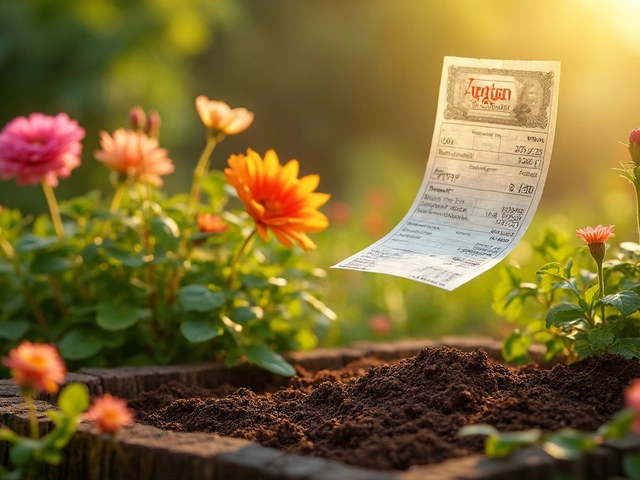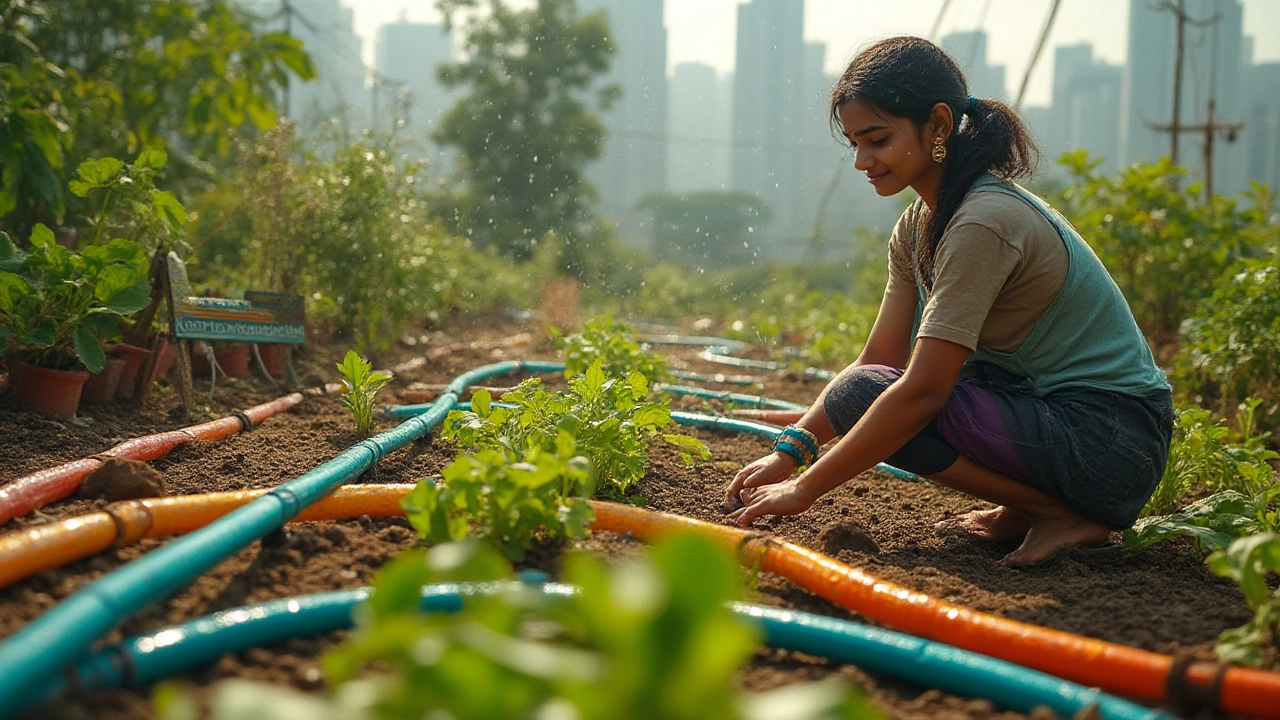Irrigation Types: Pick the Right Watering System for Your Garden
If you’re tired of over‑watering or seeing dry patches, the right irrigation method can change everything. India’s climate varies a lot, so a one‑size‑fits‑all approach rarely works. Below we break down the most common irrigation types, when they shine, and quick tips to get them working for you.
Popular Irrigation Systems in India
Drip irrigation is the champion of water‑saving tech. Tiny tubes deliver water straight to the root zone, cutting evaporation. A common question is how deep to bury the lines. Most Indian gardeners find 2‑3 cm works for shallow beds, while raised beds need 5‑7 cm to stay protected (see our guide on drip line burial). The main hurdles are upfront cost and the fear of clogging. Our post on “Why isn’t everyone using drip irrigation?” explains those myths and shows how to keep the system clean.
Sprinkler systems mimic rain and are great for lawns or large flower beds. They’re easy to set up, but you’ll lose water to wind and heat. Using low‑pressure rotary heads can lessen waste, and timing the sprinklers for early morning or late evening helps the soil absorb more.
Flood or surface irrigation works on flat fields like rice paddies. It’s cheap but uses a lot of water, making it less suitable for water‑scarce zones. If you have a backyard garden, a shallow trench that fills slowly can act like a mini‑flood system without wasting much.
Sub‑surface drip (SSD) hides the tubing below the soil surface. It’s the silent version of drip irrigation—no visible pipes, less sunlight exposure, and even lower evaporation. It’s a bit pricier than surface drip but pays off in water‑tight zones.
There are also hybrid setups, like using drip tape for vegetable rows and sprinklers for ornamental sections. Our comparison of drip tape vs. drip line (2025 guide) helps you decide which variant fits your budget and layout.
How to Choose the Best Irrigation Type for Your Garden
Start by looking at three things: plant water needs, soil type, and water availability. Heavy, clayey soil holds water longer, so a sprinkler might over‑water. Sandy soil drains fast, making drip irrigation a better match because it feeds plants slowly.
Next, think about your garden’s shape. Long narrow beds are perfect for drip lines, while a wide lawn benefits from rotating sprinklers. If you have a small balcony garden, a drip tape that you lay on a tray can save space and keep the system hidden.
Budget is another factor. Drip kits start at a few hundred rupees for a small plot, but larger farms may need a bigger investment. Our article on “Why is drip irrigation so expensive?” breaks down the cost components and offers cheap alternatives, like reusing old tubing and DIY fittings.
Finally, consider maintenance. Sprinklers need occasional nozzle cleaning, while drip systems require filter checks to prevent clogging. A simple sand filter or screen can keep the lines clear for years.
In short, there’s no single best irrigation type. Match the system to your garden’s needs, keep an eye on costs, and maintain it regularly. With the right setup you’ll see healthier plants, lower water bills, and a garden that thrives even during dry spells.
Main Types of Drip Irrigation: Surface vs. Subsurface Explained for Gardeners
Discover the key differences between surface and subsurface drip irrigation, with practical tips, real-life examples, and useful data for modern gardeners.
About
Drip Irrigation
Latest Posts
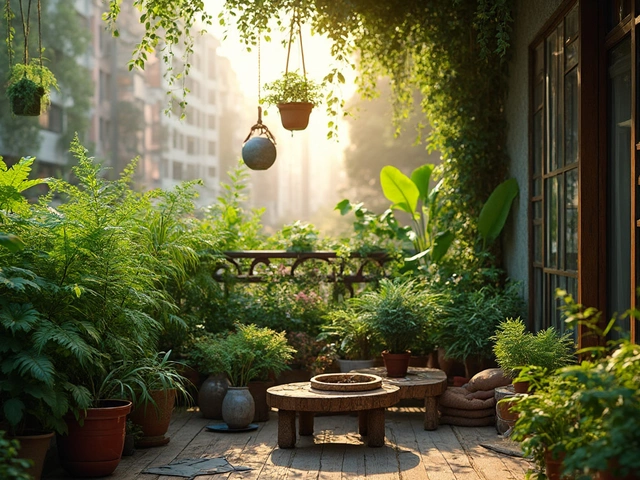
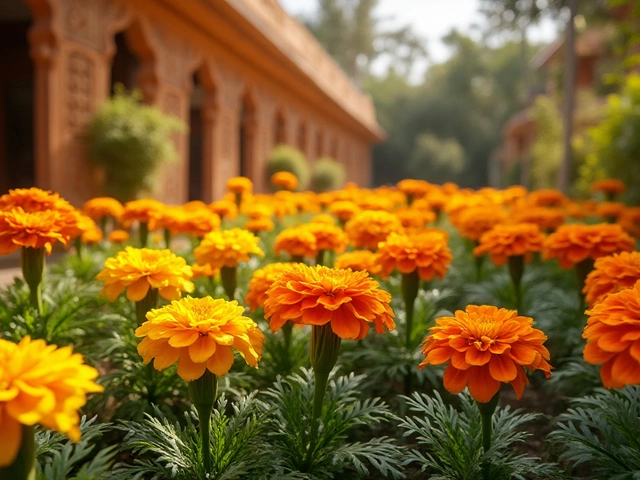
The Best Plants to Gift in India for Every Season
By Alden Thorne Nov 25, 2024

Why Wash Rice Before Cooking? The Real Reasons Revealed
By Alden Thorne Jun 20, 2025
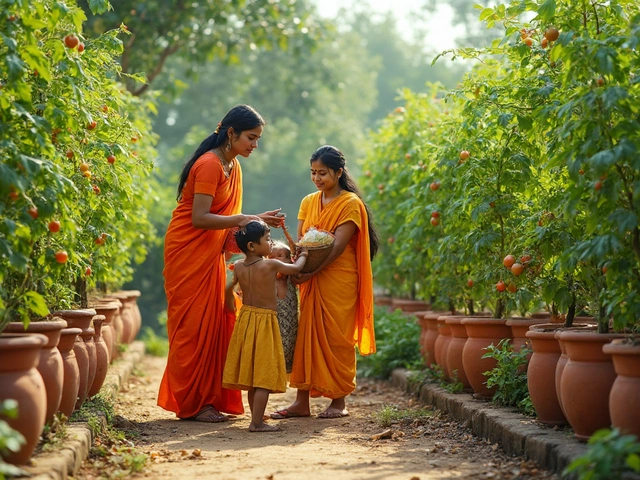
How Often Should I Fertilize Tomatoes? Simple Timing for Big Harvests
By Alden Thorne Apr 21, 2025
